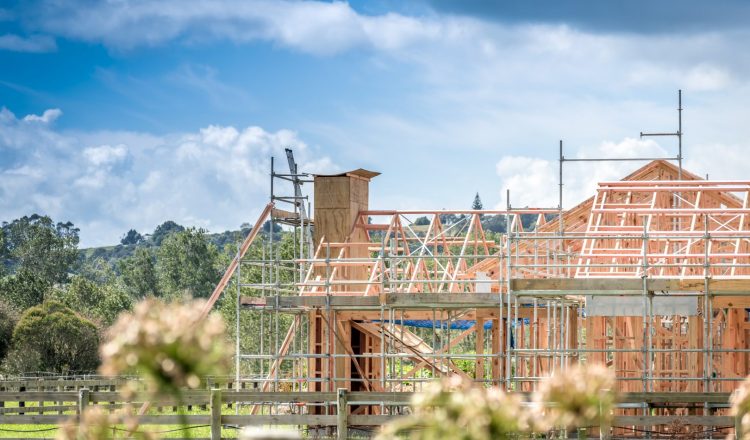房屋装修
在新西兰,有一种 “自己动手(DIY)” 的文化,在这种文化中,大多数人在进行装修时都会选择做所有工作,他们可以自己完成。这是降低成本并真正参与其中的一种方法。
大多数家居装修可以自己完成,但是还有一些专业的家居装修,例如管道和电气设备,需要专业帮助。如果你在这些事情上没有得到专业的帮助,那么你可能会在家中造成重大问题,或者你可能会伤害自己。
许多改建和翻修都需要建筑同意。这是对您提出的建筑工程的正式批准。此类工作必须由持牌建筑从业者完成。根据 2004 年《建筑法》,这些类型的建筑工程包括:
- 结构性建筑工程 —— 包括改建、增建、重建和一些拆除
- 大多数水暖和排水工程在安装额外固定装置的情况下搬迁建筑物
- 一些现场工作,例如,用于新扩展的土方工程
- 建造超过 2.5 米高的围栏
- 建造 1.5 米以上高的挡土墙
- 在游泳池或水疗池中安装。
如果你已经确定你确实需要建筑同意书,那么你需要填写申请表。在获得建筑同意之前,您不得对建筑项目开始任何实际工作。
您需要确保应用程序有坚实的基础来做出明智、高效且经济高效的决策。拥有一份好的申请表也将有助于加快处理和批准时间。
你通常可以从你的地方议会获得申请表,也可以下载他们的网站表格。在他们的网站上,他们将获得更多关于他们是否对您填写表格有任何特殊要求的信息。
如果你的家居装修需要建筑同意,但是你在没有同意的情况下开始工作,那么你就犯了罪行,处罚包括最高 20 万美元的罚款和撤销你已经完成的工作。
新西兰的任何建筑工程都必须遵守《建筑法》。《建筑法》载于 2004 年《建筑法》的条例中。该法规定了建筑部门,并规定了新西兰新建筑和现有建筑的建造、改建、拆除和维护规则。
任何计划都由建筑同意局(BCA)(通常是议会)进行评估,以确保建筑符合《建筑规范》。当他们认为这是真的时候,他们将为工程发出建筑同意书,以便他们能够继续下去。
商业、创新和就业部(MBIE)全面领导建筑行业。他们管理监管建筑工作的系统,并确保它始终保持最新状态。这意味着他们定期检查《建筑规范》和产品文档,以显示遵守该规范的方法。如果在遵守建筑规范方面出现争议,那么您可以向 MBIE 寻求建议。

















































